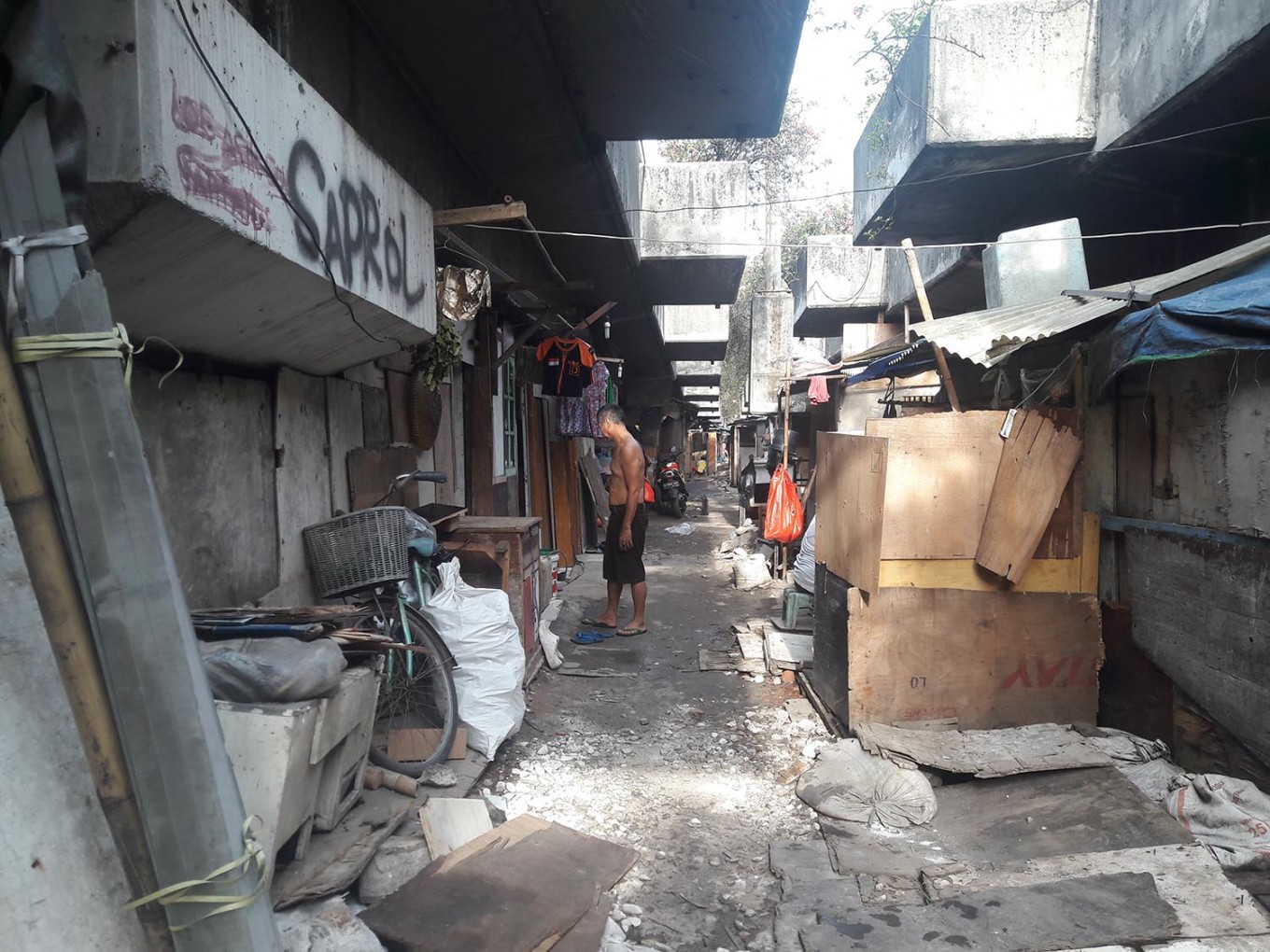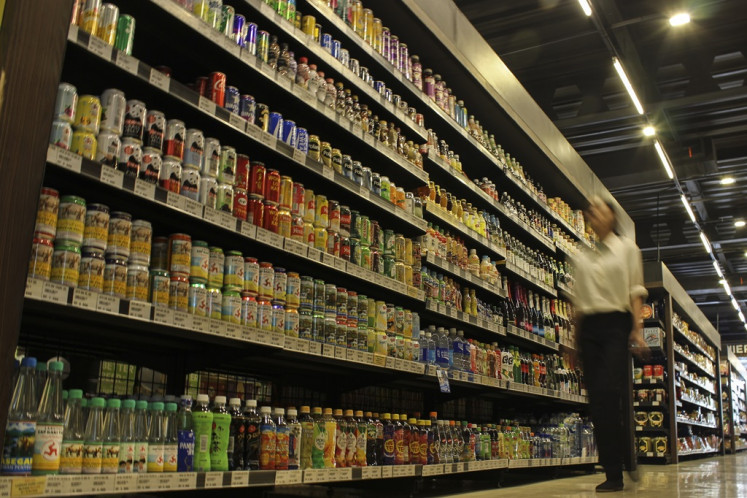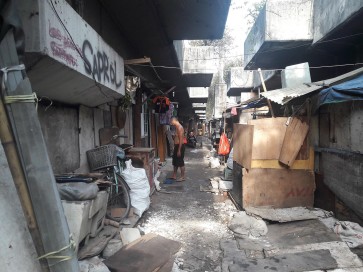Popular Reads
Top Results
Can't find what you're looking for?
View all search resultsPopular Reads
Top Results
Can't find what you're looking for?
View all search resultsMinding the poverty gap in Indonesia with geography
Change text size
Gift Premium Articles
to Anyone
I
ndonesia is facing a widening gap between the rich and the poor. The Gini ratio in 2018 stood at 0.39 and welfare improvements for the richest group have been far more effective than improvements for the poorest group.
Rising inequality between regions will only make it more difficult for the government to eliminate poverty in all its forms.
Of Indonesia’s 34 provinces, 14 experienced negative progress in reducing its standing in the poverty gap index ( P1 ) in rural areas in the period of March to September 2018. Meanwhile, only six provinces saw a P1 increase in urban areas in the same period, according to Statistics Indonesia (BPS).
Both inequality and poverty are aggravated not only by the wealth gap between the rich and the poor, spending levels and other economic factors, but also geographical conditions. It is striking how much attention is given to reducing the poverty level and the Gini ratio, but less attention is given to geography. Denial does not eliminate responsibility, nor does it negate obligations.
The risk of relative poverty in rural areas is almost double that of the risk in urban areas (13.1 and 6.89 percent respectively), BPS data in September 2018 revealed. This indicates that there are two different types of geographic areas where poverty issues differ.
Take for instance Jakarta and Gorontalo in Sulawesi.
Jakarta prides itself on being a megapolitan province with rising urbanization. Meanwhile, more than two-thirds of Gorontalo’s population still live in rural areas. Therefore, it is not a surprise that its rural poverty (23.86 percent) is higher than its urban poverty (4.45 percent).


















